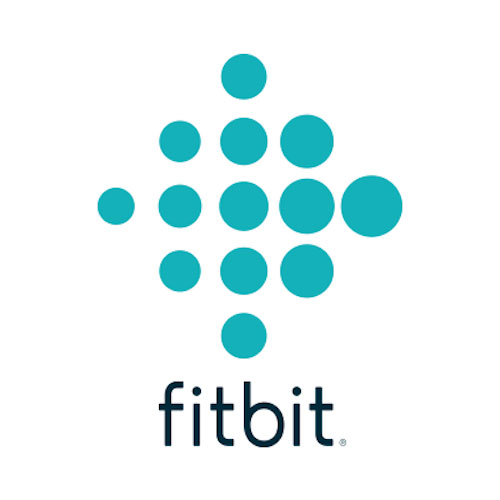Month: June 2018
Fitbit: Struggling to Stay in Shape
 With trailing 12-month sales of $1.6 billion, a market cap of $1.8 billion, $658 million in cash and zero bank debt, Fitbit, founded in 2007, and based in San Francisco, CA, is the largest provider of internet-connected health and fitness tracking devices. The company addresses a multi-billion dollar annual revenue opportunity comprised of health-conscious consumers who wish to track daily progress toward achieving weight loss and fitness goals. The company offers a broad product line, consisting of six activity trackers that range in price from $60 to $150 at retail, and two smartwatches, priced at $200 and $300, respectively. Fitness trackers account for roughly 70 percent of revenue currently, with smartwatches accounting for most of the remainder.
With trailing 12-month sales of $1.6 billion, a market cap of $1.8 billion, $658 million in cash and zero bank debt, Fitbit, founded in 2007, and based in San Francisco, CA, is the largest provider of internet-connected health and fitness tracking devices. The company addresses a multi-billion dollar annual revenue opportunity comprised of health-conscious consumers who wish to track daily progress toward achieving weight loss and fitness goals. The company offers a broad product line, consisting of six activity trackers that range in price from $60 to $150 at retail, and two smartwatches, priced at $200 and $300, respectively. Fitness trackers account for roughly 70 percent of revenue currently, with smartwatches accounting for most of the remainder.
In the fourth quarter of 2016, Fitbit hit a brick wall amid execution challenges related to manufacturing and channel management. Missteps included being slow to address excess channel inventory, as well as operational challenges, including a poorly-timed headcount increase of 80 percent during 2016. In response to changing market conditions, management took corrective action at the start of 2017, including a six percent workforce reduction, and streamlining the number of devices offered. In addition, the company was reorganized around fitness devices and enterprise health.
While Fitbit continues to maintain a strong presence in the activity tracking market, the success of the Apple Watch, a higher end, more full-featured family of devices has redefined the market, and, to some degree, siphoned off demand for activity trackers. Fitbit has responded to this changing market dynamic through the introduction of two smartwatches, the Ionic, launched in late 2017, and more recently, the Versa. However, the company continues to face price competition in its core fitness tracker market, and has experienced soft demand for these products in the US in particular, its largest market. As a result, greater emphasis will be placed on smartwatches for future growth.
While smartwatches carry higher ASPs, they also feature lower gross margins than fitness trackers. Near term, the company is unlikely to improve by much its current gross margin, which hovers in the low 40 percent range. In the meantime, the company’s current cost structure prevents it from achieving break-even. While Fitbit maintains a strong cash position of more than $658 million and no debt, it has steadfastly refused to implement a share buy-back, preferring instead to utilize cash for leasehold improvements, along with tuck-in acquisitions, most recently geared to expanding its limited position in health-related services.
The firm’s reliance on the retail channel, including mass merchants and specialty retailers remains a source of concern, given the mixed signals coming from the retail industry, as well as a policy of recognizing revenue based on sell-in, rather than sell-through. As a final investor caveat, we note its dual class share structure guarantees the founders perpetual control of the voting rights of the company, which keeps it insulated from shareholder input. Overall, we see Fitbit as a company with longer term appeal, if it can manage to slim down for future success.

